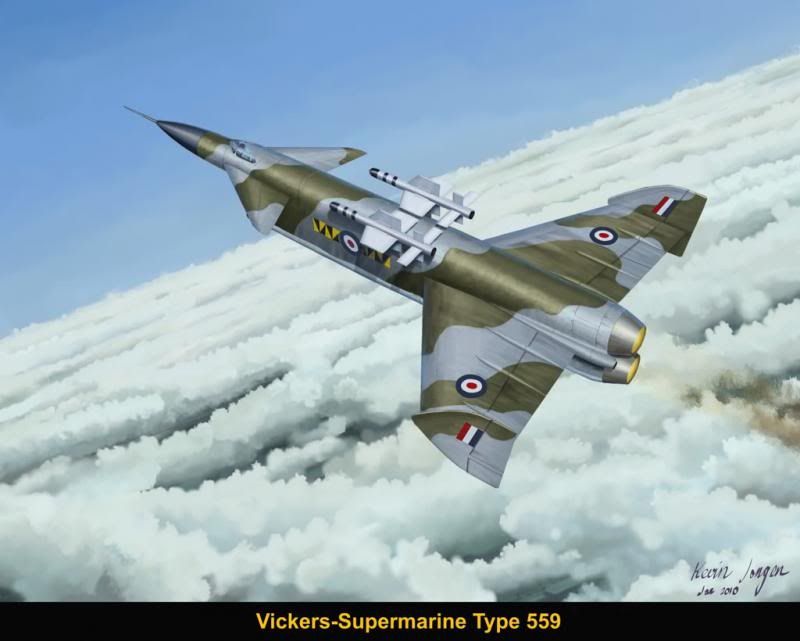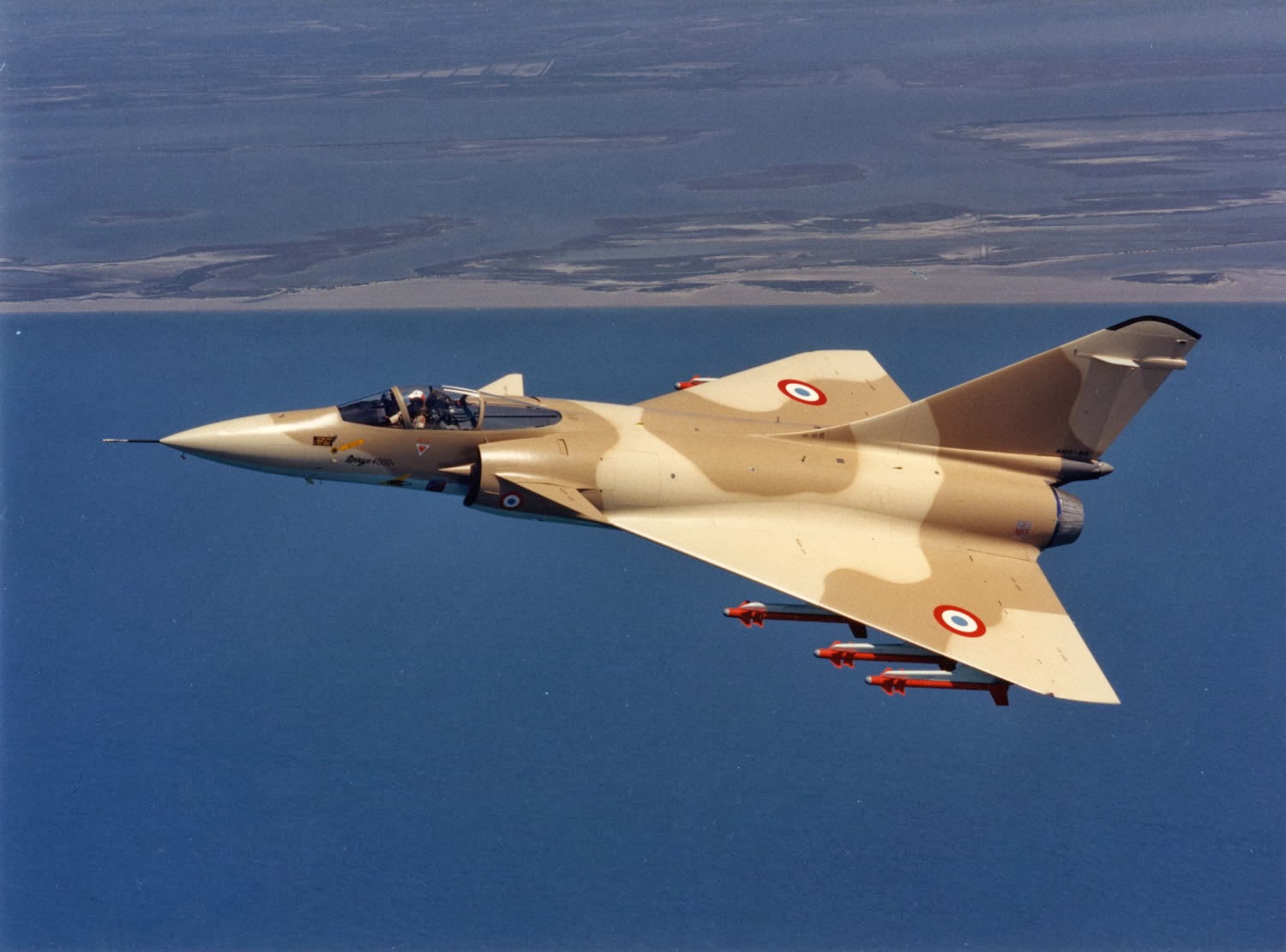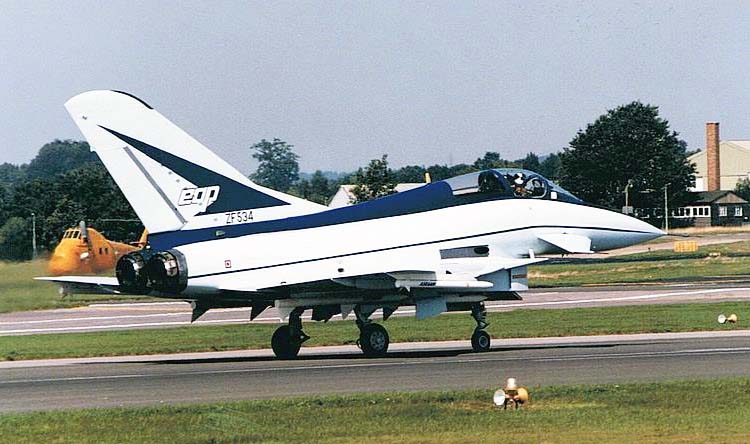... that is mostly applicable to the programs that eventualy gave DA Rafale and EF Typhoon, tough the Grippen is not excluded.
Basically, a task is to propose changes to those two programs in order to have them enter production and service much earlier than in OTL, while sarificing as less of capabilities as possble. Production numbers would obviously mean that alternative Eurocanards have much better export record, here a cheaper aircraft is in advantage vs. more expensive. Better exports also lower the price for countries in participating in production and/or end-montage.
Usage of American-designed aircraft as base is prohibited for this thread, apart as inspiration.
Basically, a task is to propose changes to those two programs in order to have them enter production and service much earlier than in OTL, while sarificing as less of capabilities as possble. Production numbers would obviously mean that alternative Eurocanards have much better export record, here a cheaper aircraft is in advantage vs. more expensive. Better exports also lower the price for countries in participating in production and/or end-montage.
Usage of American-designed aircraft as base is prohibited for this thread, apart as inspiration.



